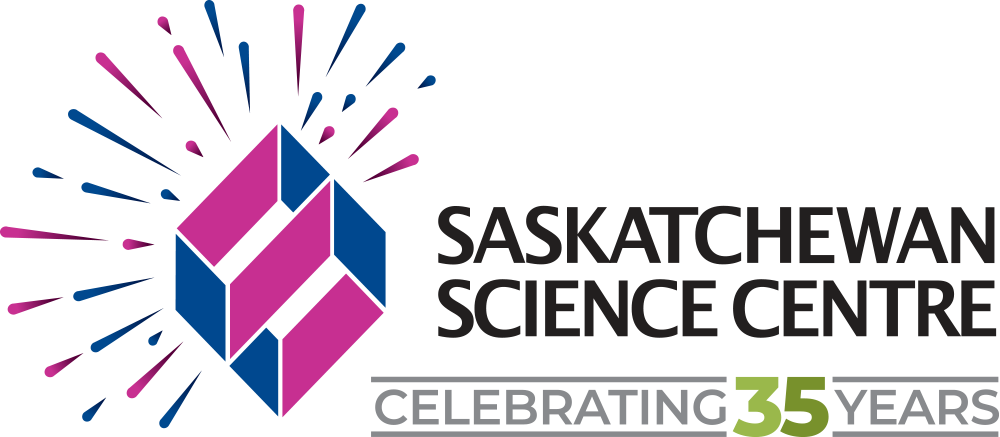Science At Home - Dissolving Eggshell
How do you make an egg bounce? Simple! Just remove the shell while keeping the semi-permeable membrane intact! Find out how to do that below.
Hey Science FANS!
Today’s science demonstration is particularly EGG-citing. You only need two ingredients and you’ve almost certainly got those ingredients LAYING around. Don’t be chicken to give this one a try. Okay, let’s get cracking.
You’ll need an egg, a glass, and some vinegar. Simply place the egg in the glass and add vinegar to cover. Leave it to soak overnight, and then take a look at the egg. You may need to leave the egg for three days or more. Eventually, the eggshell will dissolve completely, leaving you with a “naked egg.”
Here’s how this works: the shell of an egg is made of calcium carbonate. Vinegar, which is about 4% acetic acid, reacts with the calcium carbonate. As the shell dissolves, it creates water, calcium acetate, and carbon dioxide! You can see the carbon dioxide in the little bubbles that form on the surface of the egg while it soaks.
2 CH3COOH + CaCO3 = Ca(CH3COO)2 + H2O + CO2
What’s left behind is called a semi-permeable membrane. You may have noticed that the naked egg is larger than it was when it was still in the shell. That’s because the membrane allows water to pass through it – because vinegar is 96% water, some of that water has passed through the membrane and into the egg, causing it to grow!
Here’s two interesting things you can do one you have an egg without a shell.
1. Place it in a glass of water that you’ve added food coloring to. The egg with absorb the water and change colour over time!
2. Shine a flashlight through the egg – can you see the yolk?
3. Bounce them! The egg feels kind of like rubber and even bounces like a ball – be careful though! The membrane isn’t very strong, and if you bounce too hard, it will break!
Loving this content? Make a donation to the Saskatchewan Science Centre!
#SaskScienceCentre #AtHomeWithCASC #ScienceChampions #ScienceAtHome #realsciencerealfun
